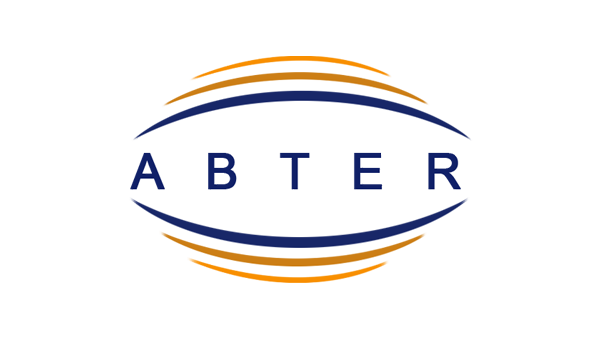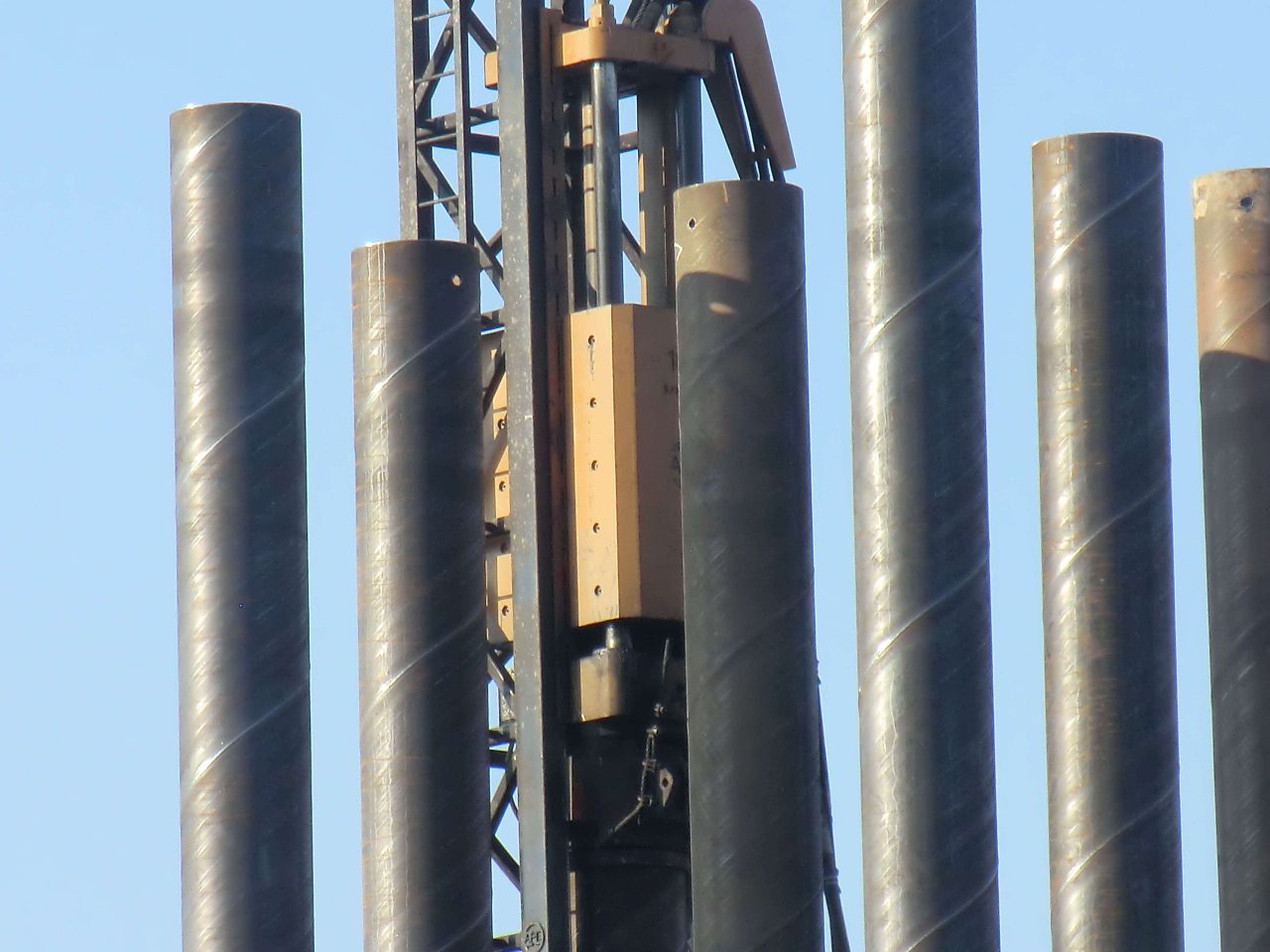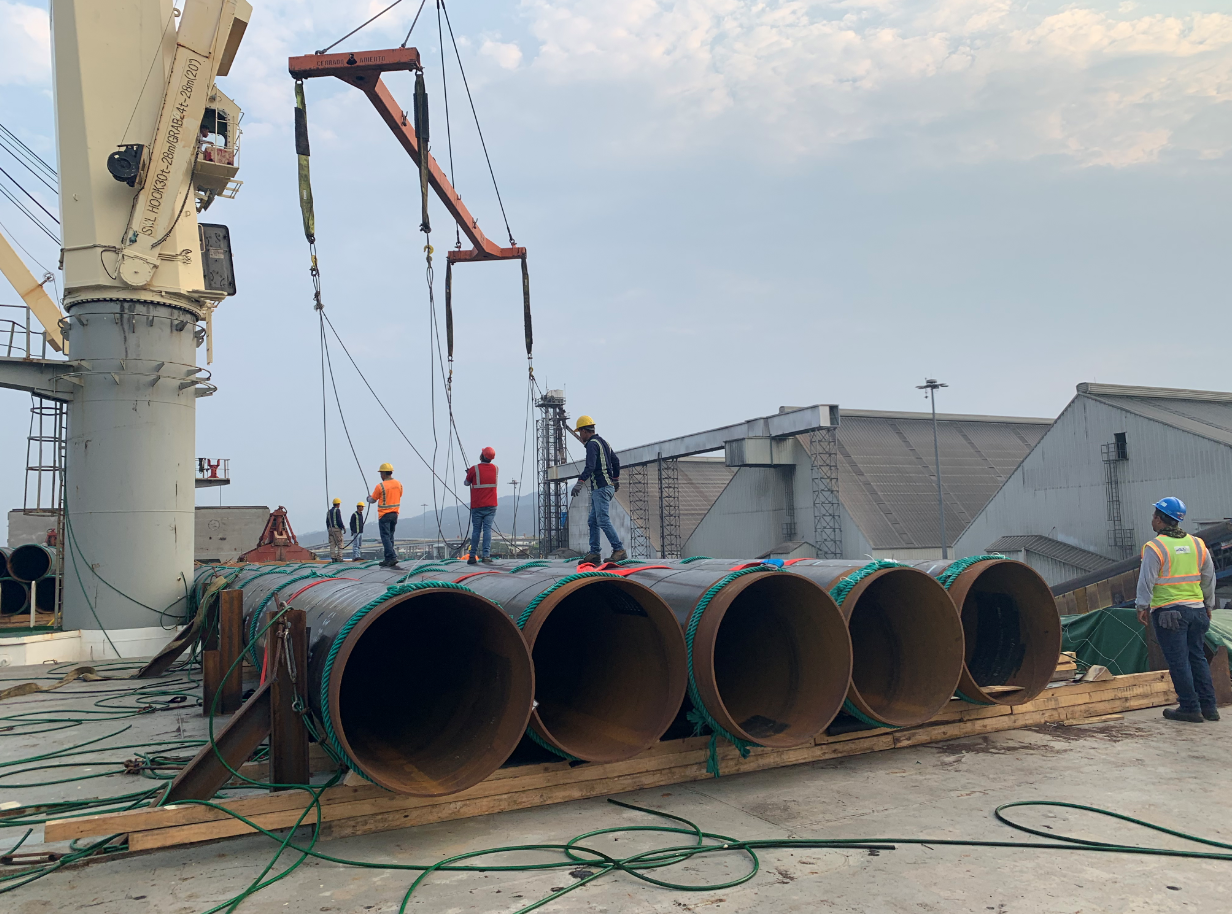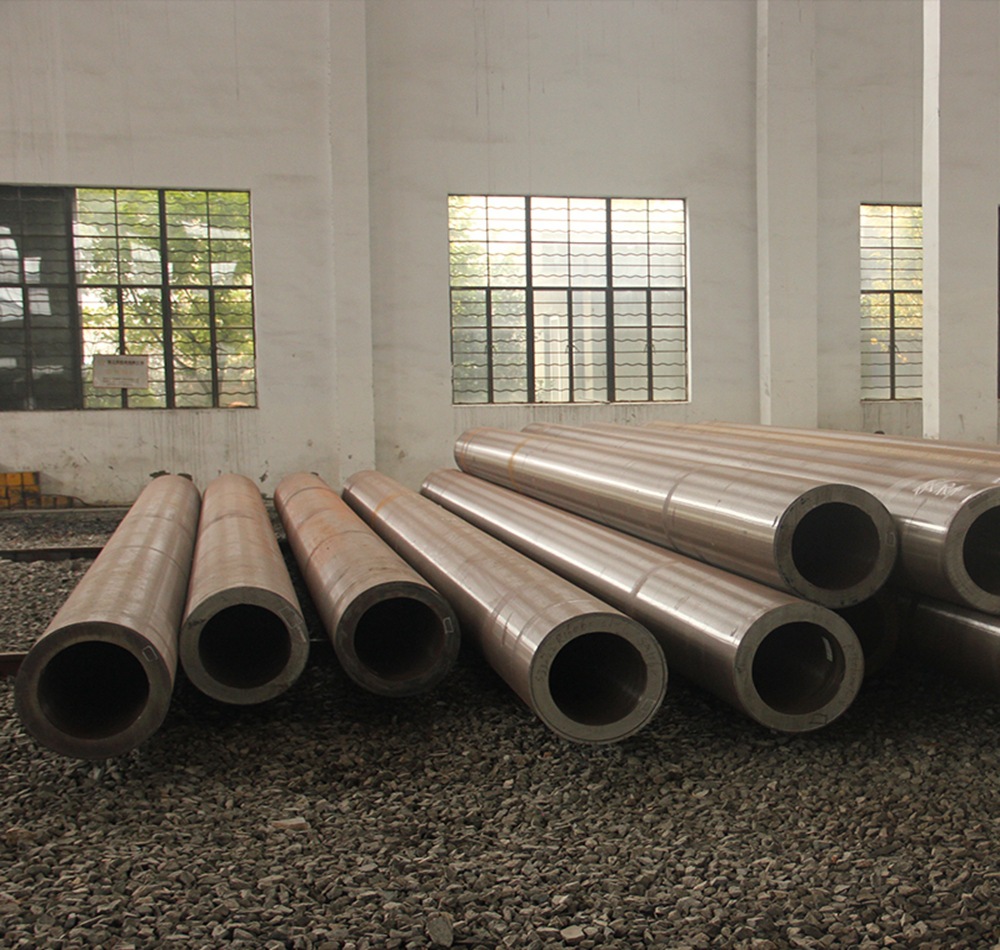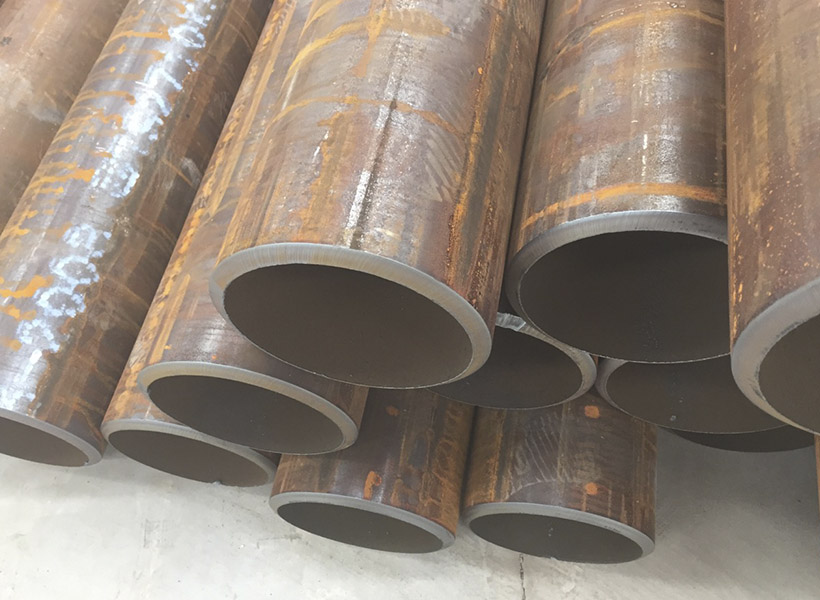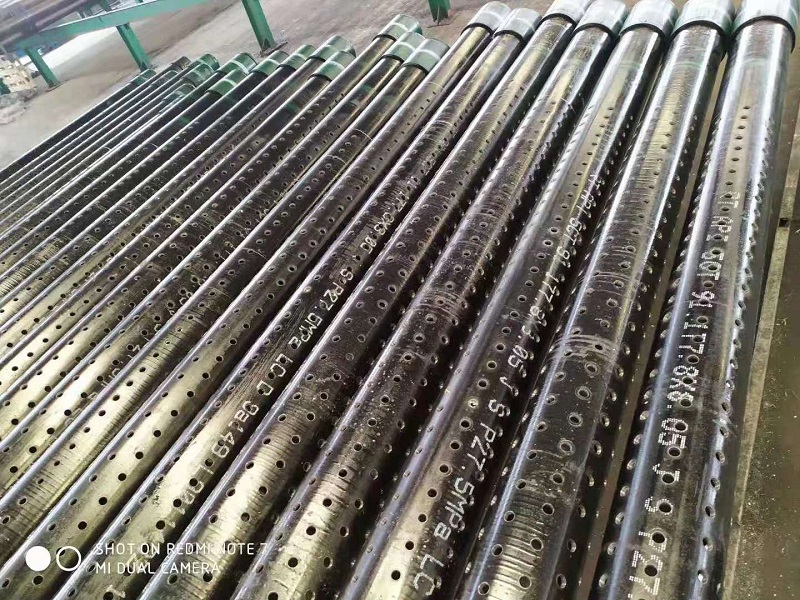Analisi approfondita delle capriate del tetto del tubo di curvatura in acciaio nelle strutture a lunga durata (Continua)
Progettazione avanzata di connessione ed efficienza articolare
L'efficienza delle capriate del tetto del tubo di piega in acciaio nelle strutture a lungo termine si basa fortemente sulla progettazione e l'esecuzione delle loro connessioni. Giunti in curva
capriate dei tubi, in particolare agli incroci di accordi-web, sono punti critici in cui gli stress si concentrano. I tipi di connessione comuni includono nodi intersecanti saldati, Collegamenti della flangia bullonati, e giunti a manica. Nodi saldati, dove i tubi sono uniti direttamente da saldature a pennetrazione completa, Offri una rigidità superiore e un'estetica pulita ma richiedono un'alta precisione per evitare difetti come fusione incompleta o porosità. Secondo BS en 1993-1-8, La resistenza di progettazione dei giunti saldati deve tenere conto della ridotta area efficace dovuta alle imperfezioni della saldatura, Tipicamente limita le sollecitazioni all'80-90% della resistenza alla snervamento del materiale genitore (ad es., 284–320 MPA per l'acciaio Q355B).
Collegamenti bullonati, Utilizzando bulloni ad alta resistenza (ad es., grado 10.9 o ASTM A325), sono preferiti per capriate prefabbricate a causa della loro facilità di assemblaggio e della capacità di accogliere lievi disallineamenti. Tuttavia, Introducono un peso aggiuntivo dalle piastre di flangia, Aumentare l'utilizzo dell'acciaio del 5-10% rispetto ai nodi saldati. Una capriata di 40 metri con connessioni imbullonate riportate a 7% aumentare il tempo di me stesso ma ridotto il tempo di erezione in loco 20%. Giunti a manica, dove i tubi vengono inseriti nei connettori prefabbricati, offrire flessibilità per geometrie complesse ma richiedono tolleranze strette (≤0,5 mm) Per garantire il trasferimento del carico. L'analisi degli elementi finiti di una capriata di 50 metri ha mostrato che i nodi intersecanti saldati hanno ridotto le concentrazioni di stress da 15% Rispetto alle articolazioni imbullonate, Miglioramento della vita a fatica sotto carico ciclico.
Per ottimizzare l'efficienza articolare, I progettisti possono impiegare tecniche avanzate come nodi irrigiditi o connettori in acciaio fuso. Per esempio, Messa in acciaio fuso, Utilizzato nello stadio nazionale di Pechino, aumento della rigidità articolare di 25% e consentito per geometrie intricate, sebbene a a 30% Premium costo. Innovazioni future, come giunti ibridi che combinano saldatura e bullone, potrebbe ulteriormente bilanciare la forza e la costruttibilità.
Prestazioni aerodinamiche e mitigazione del carico del vento
Capriate sul tetto a lungo termine, Soprattutto quelli esposti ad ambienti aperti, deve resistere a carichi di vento significativi, che può governare la progettazione nelle regioni con velocità del vento elevate (ad es., 30–50 m/s).
Piegare le capriate del tubo, con le loro sezioni circolari, Offrire vantaggi aerodinamici sulle sezioni angolari a causa di coefficienti di resistenza più bassi (C_D ≈ 0.7 per chs vs. 1.2–2.0 per i trave). Test della tunnel del vento su una capriata di 60 metri indicava a 20% Riduzione delle forze indotte dal vento per sezioni circolari rispetto alle sezioni vuote quadrate (SHS), Ridurre la necessità di rinforzi secondari.
Tuttavia, spargimento di vortice, un fenomeno in cui si formano vortici alternati dietro il tubo, può indurre vibrazioni a frequenze di 0,1-1,0 Hz, in particolare per i membri sottili con elevati rapporti sottili (l > 100). Per mitigarlo, Americi di massa sintonizzati (TMD) oppure gli ammortizzatori viscoelastici possono essere integrati nel sistema di capriata. Un caso di studio di un tetto di 70 metri in una regione costiera ha mostrato che l'installazione di TMD ridotto di deflessioni indotte dal vento da 30%, Mantenere gli spostamenti all'interno 1/400 della campata. Inoltre, fluidodinamica computazionale (CFD) La modellazione può ottimizzare la spaziatura delle capriate e la curvatura del tetto per ridurre al minimo le forze di sollevamento, che può raggiungere 1,5–2,0 kPa per asce 7-16 per tetti a bassa pendenza.
|
|
Piegare la capriata del tubo (CHS)
|
Sezione cave quadrata (SHS)
|
|
|
|
|
|
|
Carico del vento (KPA, 40 SM)
|
|
|
|
Frequenza di spargimento di vortice (Hz)
|
|
|
|
Costo di mitigazione (% di totale)
|
|
|
|
Questo tavolo sottolinea la superiorità aerodinamica di Bend
capriate dei tubi, Sebbene le misure di mitigazione come gli smorzatori o il rivestimento aerodinamico aggiungono ai costi del progetto.
Affaticamento e durata a lungo termine
Le prestazioni della fatica sono una considerazione critica per le capriate del tubo di piega sottoposte a carico ciclico, come il vento, folla, o vibrazioni indotte dall'attrezzatura. La vita a fatica delle articolazioni saldate, in particolare ai nodi intersecanti, è governato da concentrazioni di stress e qualità della saldatura. Secondo Eurocode 3, La resistenza alla fatica delle articolazioni CHS è classificata in classi di dettaglio (ad es., Classe 71 per i CH saldati), con un limite di fatica di approssimativamente 71 MPA per 2 milioni di cicli. Una capriata di 45 metri sottoposta a 1.0 I carichi ciclici di KN/m² hanno mostrato intervalli di sollecitazione di 50–60 MPa in nodi critici, Bene entro limiti accettabili.
Per migliorare la durata, I trattamenti di superficie come la peding shot possono ridurre le sollecitazioni residue del 10-15%, estendendo la vita a fatica fino a 30%. La protezione della corrosione è altrettanto importante, soprattutto per capriate all'aperto. Galvanizzazione a caldo, con uno spessore di rivestimento di 85–100 μm, Fornisce una durata di servizio di 50-70 anni in ambienti C3 (corrosività moderata, per ISO 12944). Per ambienti C5 più severi (ad es., impostazioni industriali o marine), Si consigliano sistemi duplex che combinano i rivestimenti di zincatura e epossidici, Sebbene aumentino i costi del 20-25%. Ispezioni regolari, Facilitato da piattaforme di accesso integrate nel design della capriata, Garantire la diagnosi precoce della corrosione o delle crepe di affaticamento.
Analisi economica e ottimizzazione dei costi
La redditività economica delle capriate di tubo di piega dipende dal bilanciamento dei costi di fabbricazione iniziale con risparmi a lungo termine da utilizzo e manutenzione ridotti del materiale. Per una capriata di 50 metri, I costi di fabbricazione per i tubi di piega sono circa il 10-20% in più rispetto alle capriate HSS diritte a causa di processi di flessione e saldatura specializzati. Tuttavia, Il costo complessivo del progetto è spesso comparabile o inferiore a causa di una riduzione del 15-25% della tonnellaggio in acciaio. Per esempio, Una capriata di 36 metri in una sala espositiva utilizzata 62 kg/m² di acciaio, rispetto a 80 kg/m² per una capriata angolare convenzionale, con conseguente risparmio sui costi materiali di $ 50.000 - $ 70.000 per un 10,000 tetto m².
La prefabbricazione e l'assemblaggio modulare riducono ulteriormente i costi minimizzando il lavoro in loco, che rappresenta il 30-40% delle spese totali nella costruzione tradizionale. Un sistema di capriati di span di 40 metri modulare ha ridotto il tempo di erezione di 25%, Risparmio approssimativamente $20,000 nei costi del lavoro. Tuttavia, Trasporto di grandi, I componenti curvi possono aumentare i costi logistici del 5-10%, richiedere un'attenta pianificazione delle dimensioni dei moduli. Strumenti di ottimizzazione dei costi avanzati, come software di stima dei costi integrati BIM, può prevedere le spese totali con 95% precisione, consentendo un migliore processo decisionale.
Argomento di studio: Implementazione su larga scala
Il terminal dell'aeroporto internazionale Shenzhen Bao’an, con il suo tetto di 80 metri, esemplifica la riuscita applicazione delle capriate di tubo di piega. La struttura utilizzava i tubi CHS (diametro 300 mm, spessore del muro 12 mm) piegato a un raggio di 3d, raggiungere un consumo di acciaio di 58 kg/m². Il sistema di capriate, Supportato da colonne a forma di albero, Curvature complesse del tetto complesse mantenendo le deflessioni di seguito 1/350 della campata (229 mm). Saldatura automatizzata e taglio CNC Precisione dell'articolazione garantita, ridurre gli errori di fabbricazione a meno di 1 mm. Il progetto ha riferito a 15% Risparmio dei costi rispetto a un'alternativa al telaio spaziale proposto, Principalmente a causa della riduzione dell'utilizzo del materiale e dell'erezione più rapida.
Questo caso evidenzia la sinergia della flessibilità estetica, efficienza strutturale, e benefici economici nelle capriate di piega. Tuttavia, Le sfide includevano la necessità di attrezzature di piegatura specializzate e saldatori qualificati, che ha aumentato i costi iniziali di 12%. Questi sono stati compensati da risparmi a lungo termine da una manutenzione inferiore e ad alta durata, con il rivestimento zincato che garantisce una durata di 60 anni.
Direzioni future: Tecnologie digitali e intelligenti
L'integrazione delle tecnologie digitali sta trasformando la progettazione e la fabbricazione di capriate di tubo di piega. Gemelli digitali, creato utilizzando BIM e dati del sensore in tempo reale, Consentire un monitoraggio continuo della salute strutturale, rilevare anomalie dello stress con 98% precisione. Ad esempio, Una capriata di 60 metri dotata di calibri e sensori IoT identificati a 5% Aumento dello stress in un nodo critico durante un tifone, abilitando rinforzi preventivi. Strumenti di progettazione parametrica, come Grasshopper, Abilita la rapida iterazione delle geometrie di capriate, Ottimizzazione per peso e costi mentre soddisfa i requisiti architettonici.
Produzione additiva (3D Printing) di nodi in acciaio è un'altra tendenza promettente. Un progetto pilota a Dubai ha utilizzato nodi CHS stampati in 3D per una capriata di 30 metri, Ridurre il tempo di fabbricazione di 35% e rifiuti materiali da 20%. Inoltre, L'uso dell'apprendimento automatico per prevedere le modalità di instabilità e ottimizzare le dimensioni dei tubi potrebbe ridurre l'utilizzo dell'acciaio del 5-10% nei progetti futuri. Questi progressi, In combinazione con pratiche sostenibili come la produzione di acciaio a basse emissioni di carbonio, Posizionamento del tubo di piega le capriate come pietra angolare delle strutture a lungo termine di prossima generazione.
Conclusione
Curva in acciaio
capriate tetto a tubo offrire vantaggi senza pari per le strutture a lungo termine, combinando l'efficienza strutturale, versatilità estetica, e benefici economici. La loro capacità di ridurre l'uso del materiale, resistere a carichi complessi, e ospitare design innovativi li rende ideali per le moderne sfide architettoniche. Tuttavia, Il loro successo dipende dalla fabbricazione precisa, Controllo di qualità rigoroso, e strumenti di progettazione avanzati. Mentre le tecnologie digitali e le pratiche sostenibili continuano ad evolversi, Le capriate per tubi di piega svolgeranno un ruolo sempre più vitale nel modellare il futuro dell'ingegneria strutturale, consegnare sicuro, durevole, e soluzioni visivamente sorprendenti per progetti su larga scala.
